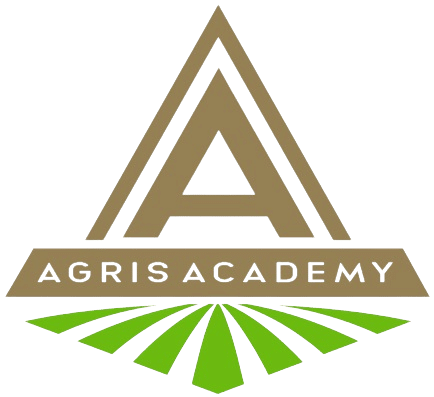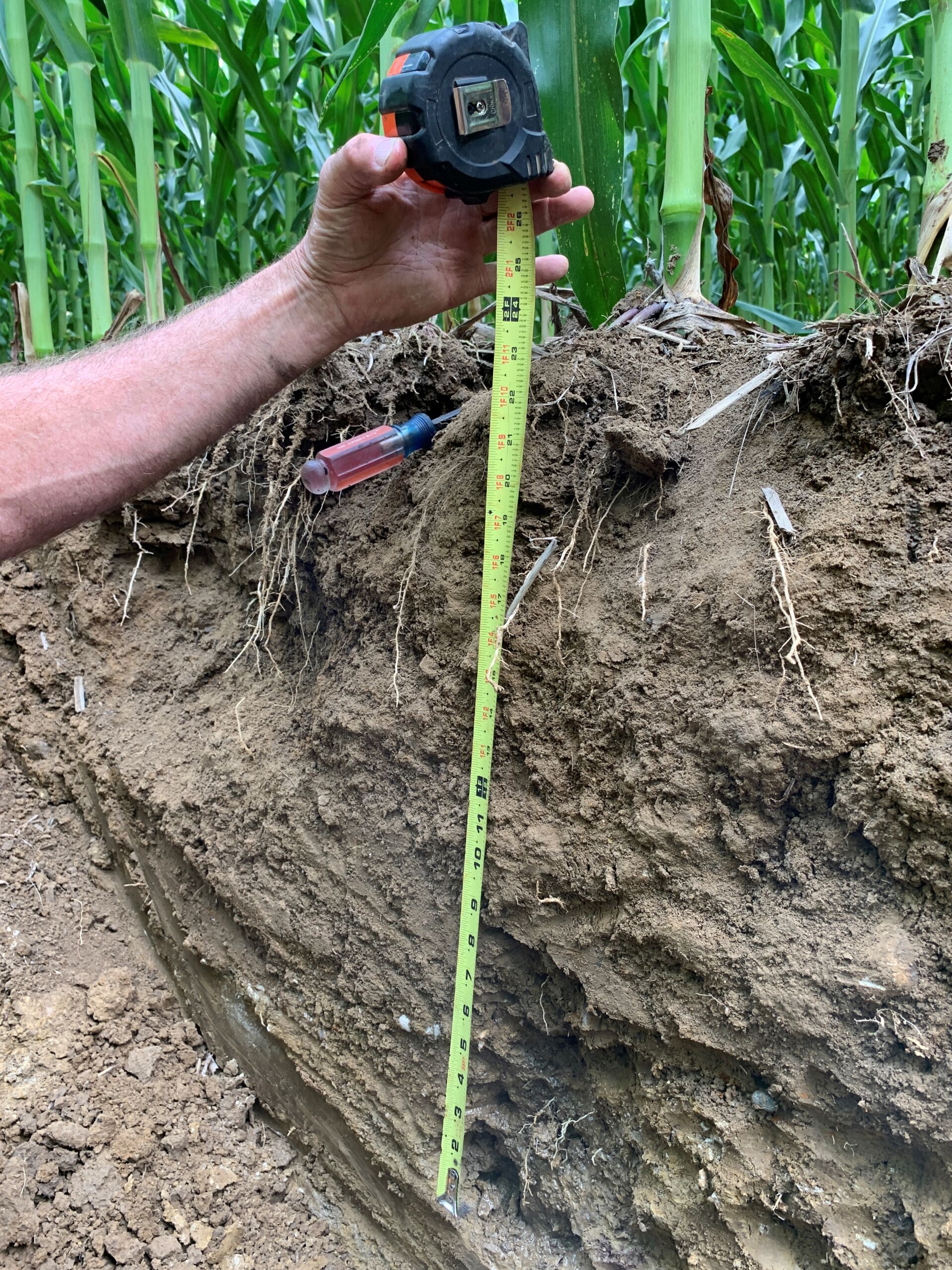Managing What You Measure
Our retained clients know one of the building blocks for being world class in risk management is to know your position. In a survival skills course, they teach that when lost, the first step needs to be spending some energy finding out where you currently are. The same applies to managing price risk on your farm. In survival skills knowing where you are isn’t just about the physics it’s also about setting clarity to improve your mental function. You will hear us say managing the futures risk is a mental challenge. Knowing your risk position gives you mental confidence.
A merchant story:
As a young trader Jeff had a manager that would walk the rows of desk carrying a large yard stick. As you sat facing away from the isle a large stick would suddenly smack down on the desk as the manager came up from behind shouting. “What is your position!? Are you making any money!?” Never wanting to show weakness Jeff would spin around and rattle off a half dozen positions and how he was or was planning to make money. It was some time before he learned the manager didn’t know anything about his position and just really wanted to see how he answered the question. Knowing your position was a sign to him that the merchant understood the business and how to make money. Failing to be able to answer the position question was the demise of many trading careers. The day Mike was being placed for his first merchant role was the same day as the Gorbachev coup and all markets were limit down and the synthetic market suggested it was going to be limit down the next day too. The five new hires waiting patiently outside the HR manager’s office saw firsthand before their jobs even started the head of the business unit breaking office furniture, throwing phones against the wall, and going desk by desk yelling “what’s your !@#$%^ position!!!!”
Don’t feel bad if you are reading this and realize I don’t exactly know my position for new crop. We have yet to work with a client that did not have room for improvement. Many have the pieces of the position but have never consolidated them. It is relatively straightforward to know your position once the crop is harvested. We cannot wait for harvest to know that information and would compare it to flying a plane and being completely blind. Jeff, for his farm, likes to have position reports 18 month prior to harvest and goes so far as to use expected production on the crop not yet in the ground. Notice I didn’t day he used APH as a lot has changed on his farm over the last 10 years. Lots of things we do on the farm give us insights into potential outcomes well in advance of harvest.
Two things we suggest as we measure a growing crop. 1. Estimate the growing crop by farm or field. The smaller the estimation base block the better the data. Do that yield estimate on an as-needed basis as new data arrives. This year has been a perfect example of a lot of variability and things changing for the better or worse rather quickly 2. DO NOT be conservative in your yield estimation. We will come back again and again on addressing various psychological challenges to managing futures risk. One of the key flaws we have is multiple layers of conservatism that cloud the picture of the actual risk we have. You know your farm well. You have comparable years. Leverage your expertise and put in your expert opinion. We want to isolate the actual risk so we can manage it at the end effectively.
Why so much emphasis on knowing your position:
Knowing your position is relevant to any time in the marketing year. For those in dialogue with us and if you have been reading our blogs, we have been talking about the market inverse all year and the dangers and cost of carrying too much unsold basis. As we head toward harvest, a whole new position monitoring requirement emerges. How long am I for new crop? What’s my plan harvest plan? How much storage do I have available. What are my cash flow needs? The last thing we want to see is farmers forced to sell at harvest lows. We also want to use merchandising to leverage your farms assets and prevent harvest delays. We call these “intersections”. Intersections occur when merchandising and risk management cross over with a different part of your operation. Cropping plans, harvest sequence, storage, and crop insurance all have “intersections”. Knowing your position is the foundation of maximizing the opportunities at each crossroad.
Executing on your risk management plan starts with knowing your position. Once a solid foundation is set opportunities start to show themselves. You will run a better farming operationally. Your ability to select the correct marketing tool at the correct time increases. You will begin to gain confidence in your marketing decisions. “Win in the details” is another phrase you will hear a lot from us. Knowing you position is a VERY important detail.
And for those of you who will get to know us better over time, just keep in mind “what’s your position” will be the first thing we will always ask you….
Here’s hoping everyone gets those August rains,
Jeff and Mike


